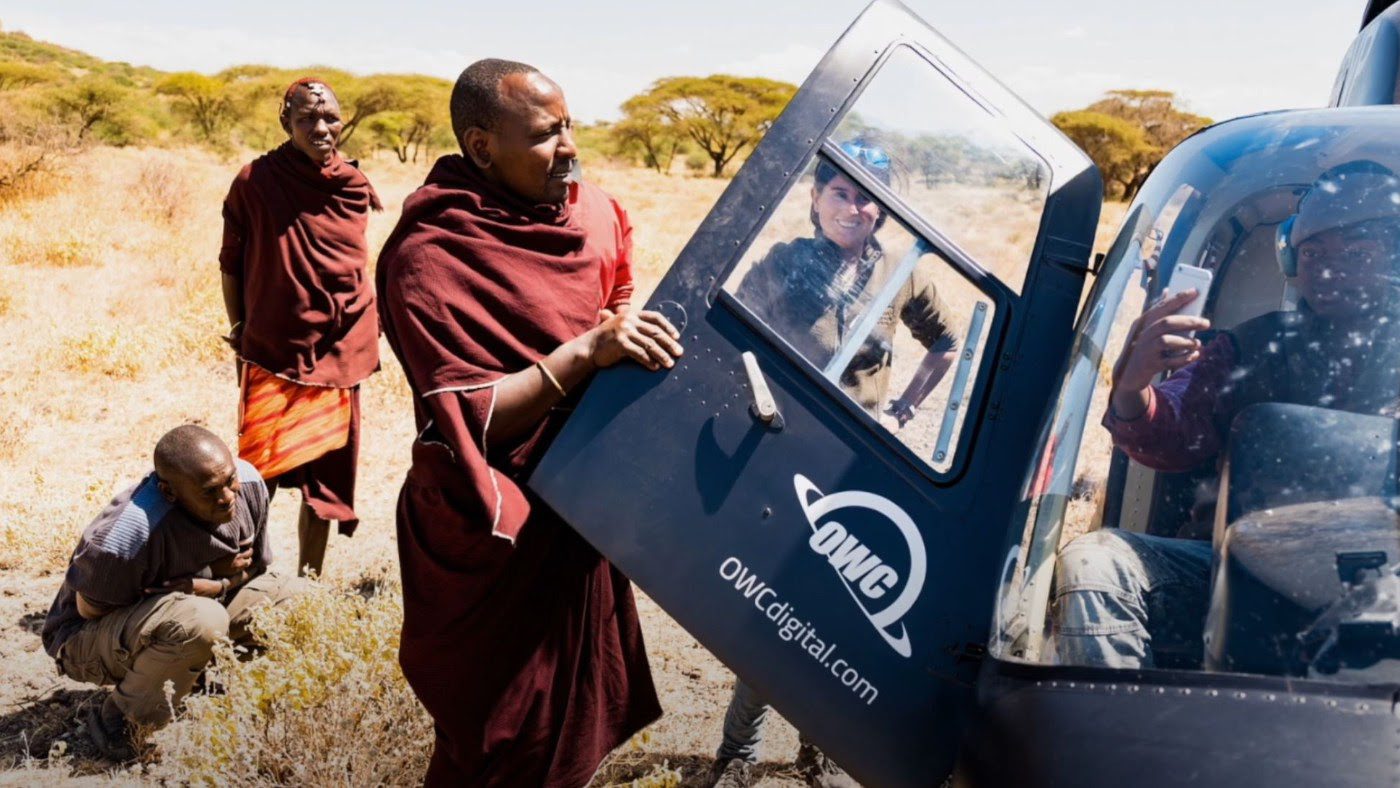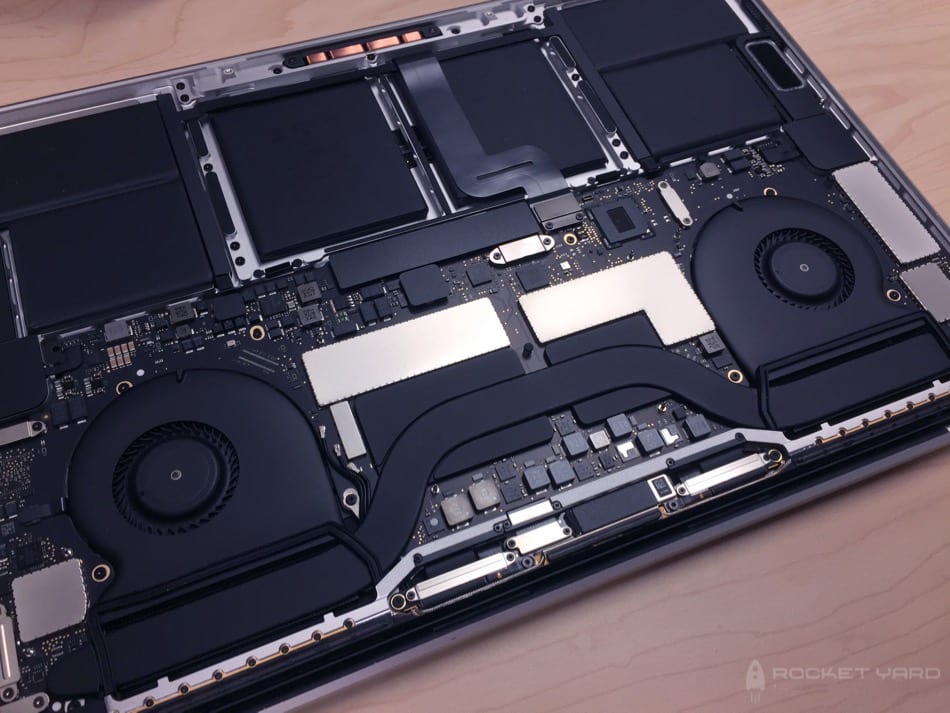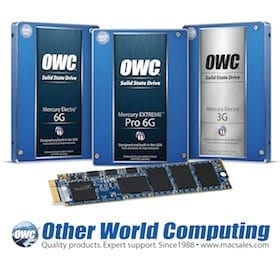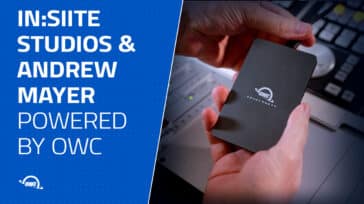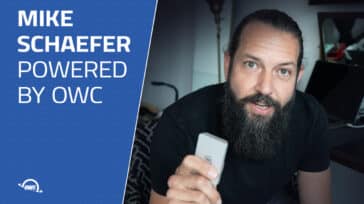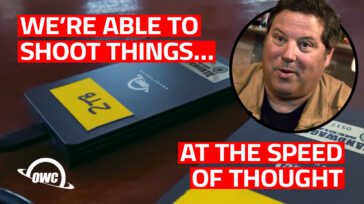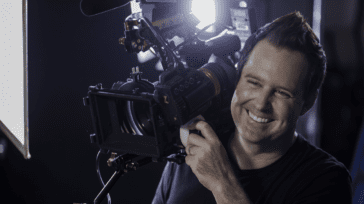Water is the most important resource on Earth. It is also irreplaceable and essential for our planet’s survival. Through spectacular aerial photography, the Worldwide Waters project explores the story of how water affects a community in ways positive and sometimes heartbreaking.
The project is led by Florian Wagner, a veteran photographer who has worked with National Geographic, Stern Magazine, and Terra Mater (Red Bull). OWC is supporting the project with a line of workflow solutions that will ensure the images captured during their excursion remain safe and secure.
Connecting to create Worldwide Waters
Florian Wagner is an accomplished photographer, documentarian, and environmental activist. Throughout his career, Wagner’s love of extreme sports and taking photos opened many opportunities in the burgeoning field of adventure photography. Working with OWC Founder and CEO Larry O’Connor, the team set out to create the Worldwide Waters Project, a massive multi-country production gathering tens of thousands of photographs. The program will also serve as a fundraising project for clean water charities, with a fundraising goal of $250,000.
Wagner met O’Conner at Extreme Tech Challenge, an event hosted by Sir Richard Branson on Necker Island. The goal of the event was to demonstrate how green technology can produce a positive impact. The duo agreed to collaborate on a documentary project that quickly grew in scope to become Worldwide Waters “to clarify how important it is to protect and preserve our natural resources.”
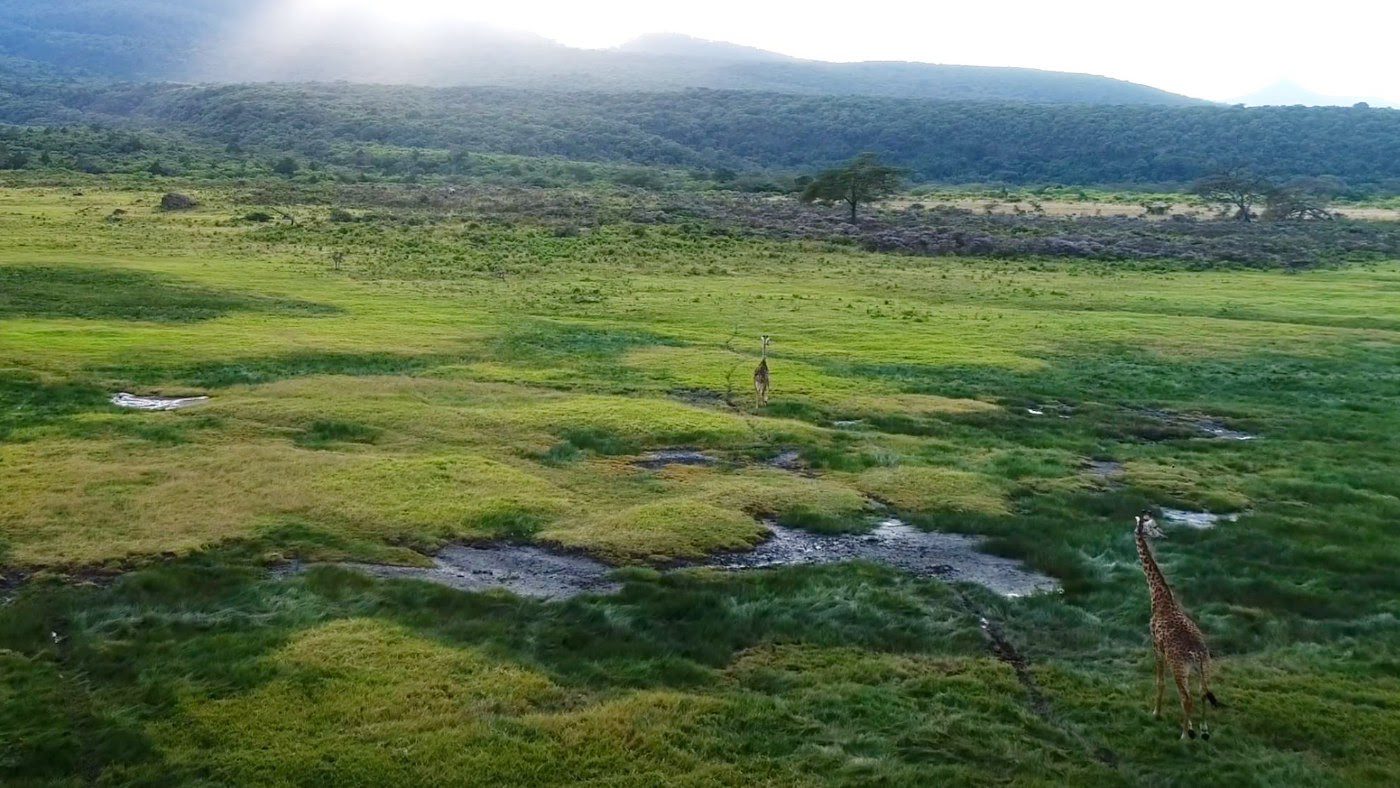
In addition to producing aerial photography and 360° panoramic images, Wagner has met with local communities and conservationists to highlight the importance of water systems and the need for sustainable consumption. The initial leg titled African Waters was produced in 66 days and produced over 30,000 images across 10 different countries. The trip took months to plan the logistics of safely traveling across so many regions by helicopter. Wagner’s partner, Regina, assisted with the coordination of the project and post-production.
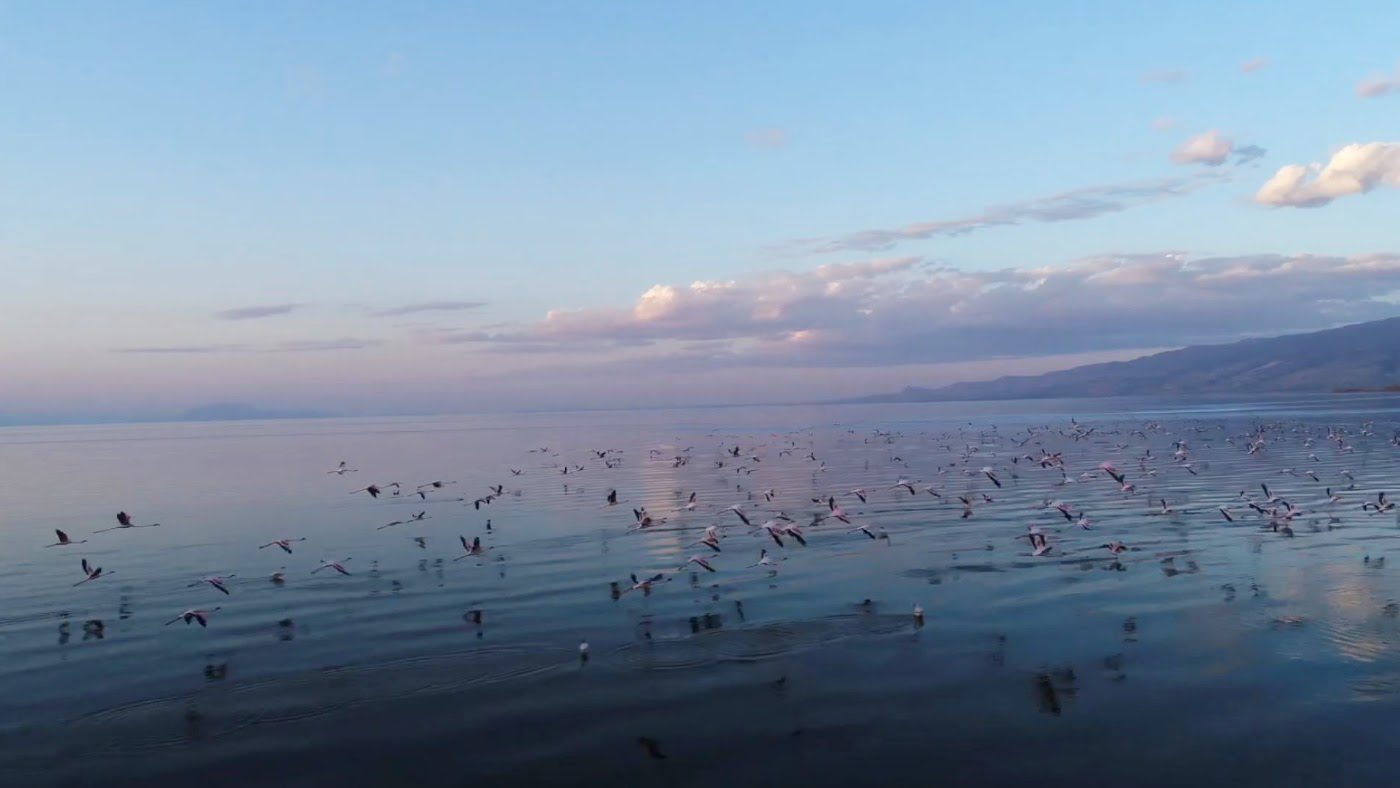
OWC solutions helping the cause
Florian and Regina relied on a 13” MacBook Pro and 15” MacBook Pro that OWC had upgraded. Envoy Pro EX and the Mercury Elite Pro Mini drives we used to store photos, videos, and project files.
“Having reliable, fast, and sturdy equipment was crucial to the success of this project.” Shares Wargner. “In the helicopter, you get constant vibrations that can kill electronic gear. On the ground, you have sand clouds in the deserts, moisture in the forests, and dust everywhere on the bumpy roads. We needed to have exceptionally reliable equipment if we did not want to lose the tons of photos and other footage that we needed to shoot every day.
“Other than oil, gas, or gold, water is irreplaceable and essential for our survival,” continues Wargner. “That’s why protecting and preserving our natural water resources is so important. And the best way to create awareness for this is to display the extraordinary beauty of our planet with stunning images, while at the same time showing the fragility of our natural ecosystems and what we can do to prevent them from collapsing.”
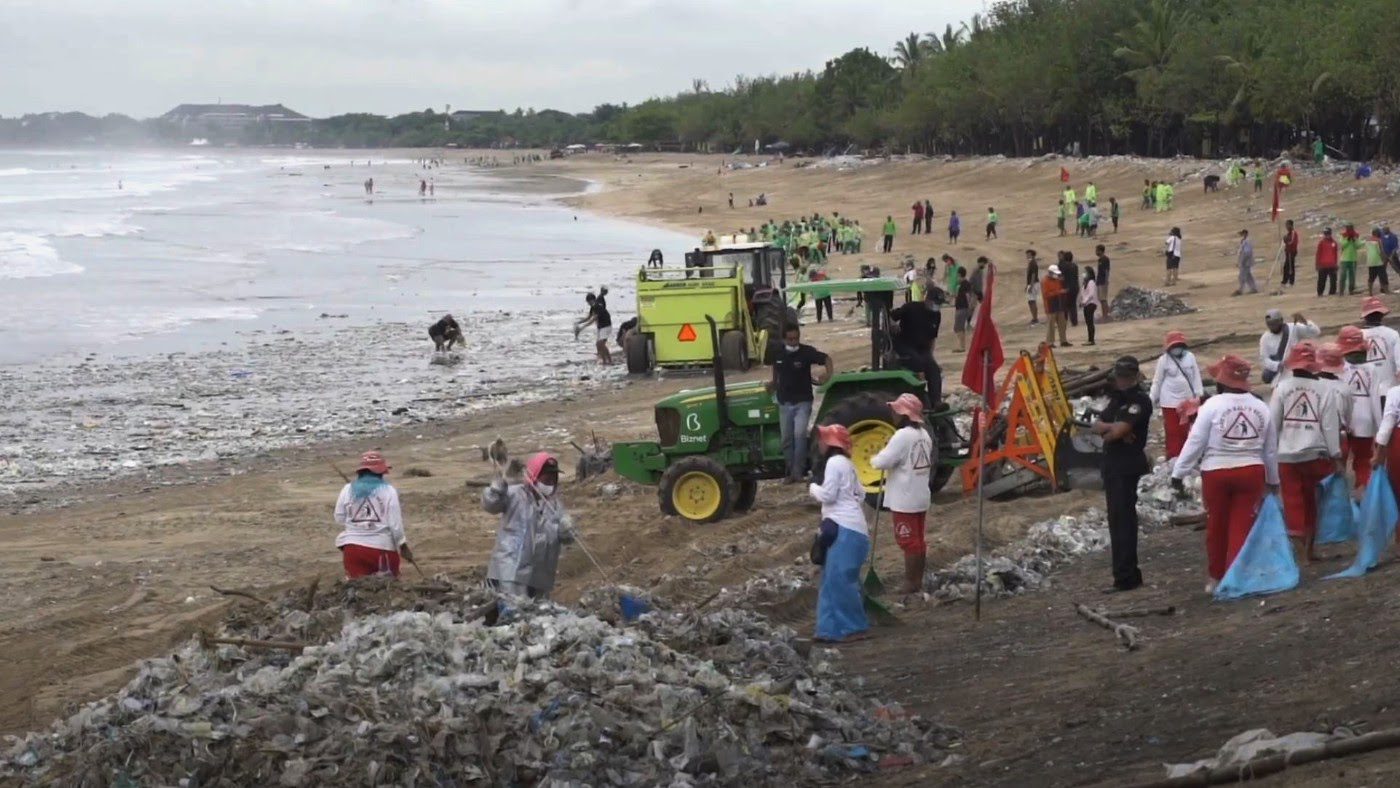
Larry O’Connor shares that OWC is committed to sustainability by minimizing the use of non-renewable resources whenever possible. “Having a source of clean, safe water and protecting our water reserves is of the utmost importance. Everything to me starts with water.” From nutrition to sanitation, agriculture, and electricity—it affects every aspect of our daily lives. “I mean, there’s no reason not to do it.”
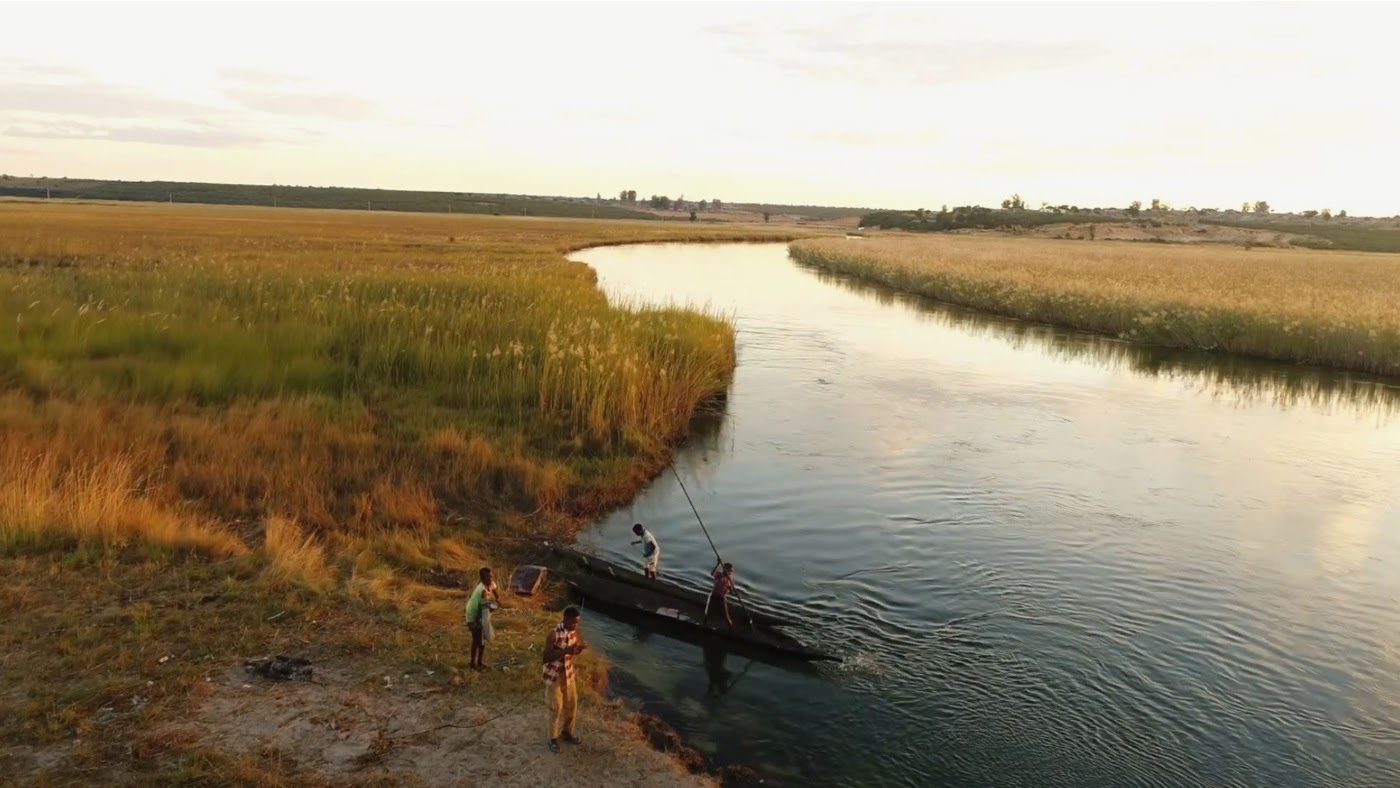
For nearly 10 weeks the team worked day and night. Traveling from location to location, interviewing community members, and capturing hundreds of photographs. At the end of each shoot day, material needed to be offloaded from camera cards, backed up for safety, cataloged, and evaluated.
The post-production processes took 3 to 4 hours to complete every night, to ensure each shoot was a success and begin processing for social media publication. “OWC has not let us down one single moment.” Say Wagner. “They have been a huge part of the success of this project.”
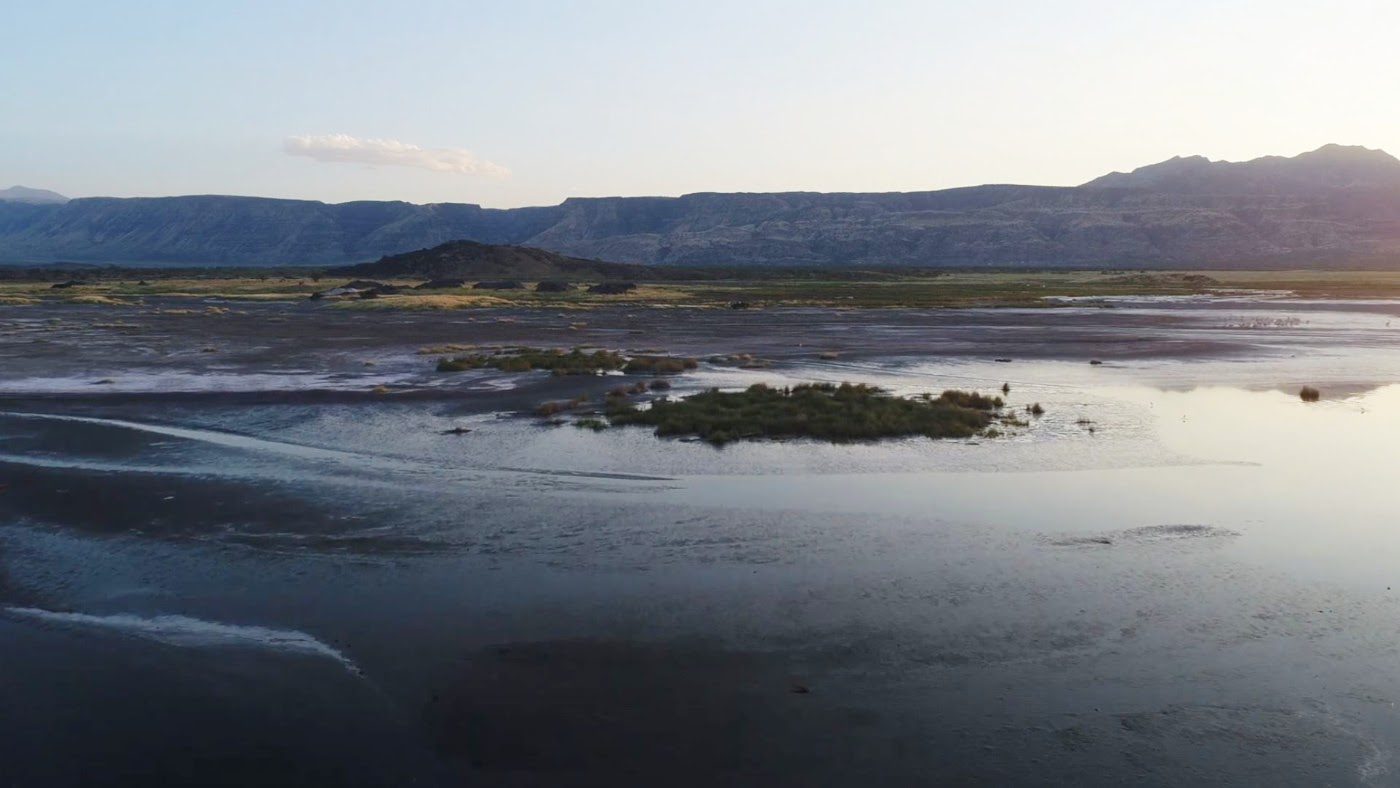
Testing OWC (“Don’t try this at home!”)
The crew’s OWC Mercury Elite Pro Minis drives proved to be so popular that they decided to test their durability. “I decided to land the helicopter on the Envoy Pro drives and then check if the drives would still work. So, we put the 4 drives on the ground, the helicopter came down and landed slowly on the drives with all its weight, then took off again. We picked up the drives and we noticed scratches on the enclosure caused by the metal landing bars of the helicopter. But the damage was minimal. We connected the drives to a Mac, they fired up and all the media was intact!”
They thought the test would be fun, as these drives were used for duplicate copies of the footage—or so they thought. “I had forgotten that, due to the limited time we had during the trip, I had only backed up all the raw media but not the work that Regina had done every day in Lightroom. That was Terabytes of processed photos that were only stored on the Elite Pros. If the drives had failed the test, she would have had to re-do all that work!”
At 2:50 watch a helicopter land on OWC drives.
The first part of the project, African Waters, was a resounding success. Publication coverage was found in National Geographic, Stern Magazine, Terra Mater, and a private showcase for Richard Branson. Florian Wagner and Larry O’Connor set sights on another series, European Waters.
Future “Waters” projects
With a higher focus on videography, the second series features breathtaking coverage of the Aletsch Glacier, the largest in Europe spanning 15 miles (24 kilometers). Disconcertingly, the glacier is melting rapidly due to climate change and will be gone by the end of the century unless drastic changes are made.
“This is a very good example of how fragile our water reserves have become” explains Wagner. “It’s not only a beautiful glacier, it functions as a giant water barrage that is used to produce half of the electricity in Switzerland and France.”

As more video capture was required, Wagner relied on the Blackmagic Design Pocket Cinema Camera 6K along with a DJI Phantom 2 drone to capture fantastic visuals, as well as 360° video. “It was a great experience. We also shot some drone footage on our Africa trip. But we cannot use drones for everything because the resolution is simply not high enough and I need to be able to fly very high to detect the ideal spots for my aerial panoramic photos.”
Larry O’Connor shares why this project is so important to him personally, and to those in the OWC family. “By helping bring clean and accessible water to communities in need, we are not only providing better health conditions, but we are freeing up time in the day for a renewed focus on education, building and bettering these communities.”
